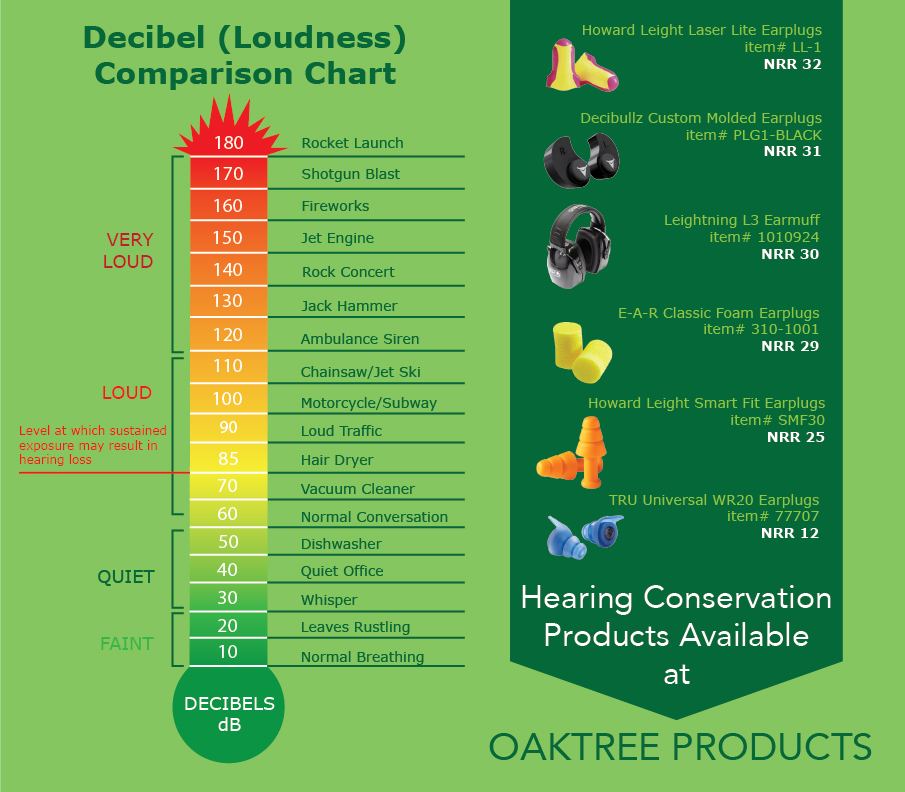

In the graphs below, the x-axis represents the perceived loudness of a sound, and the y-axis represents the acoustic intensity needed to create that loudness. After analysis, I could offer various recommendations to rectify the issue − all distinctly individual from each other, as acoustics can be affected by nearly everything!” Rob Bungay, Acoustic Consultant, WSP What are decibels? To understand and try to reduce these causes of complaints, among other things I installed sound level meters throughout the room to record noise levels during the day and night, and used acoustic models of the space to assess changes within the room. “I recently worked on a multi-bed intensive care ward where patients and visitors were complaining about the intrusive noise made by the alarms from bedside monitors. In acoustical and audio engineering, decibels are used everywhere because knowing how loud a sound is important whether you’re assessing whether the noise from a new road is going to be a problem or setting the loudness of music in an arena. Graphic: Nick Maroulis Where are decibels used?

It doesn’t matter whether that increase is from 40 dB to 50 dB or 70 dB to 80 dB. It makes things easier if a logarithmic scale is used this is what the decibel scale is. In decibel terms, a doubling in loudness corresponds to roughly an increase in 10 dB. The ratio of intensities between silence and ‘ow that hurts my ears’ is about 1:100 million million. The human ear is capable of hearing very quiet (low intensity) sounds and extremely loud (high intensity) sounds.


 0 kommentar(er)
0 kommentar(er)
